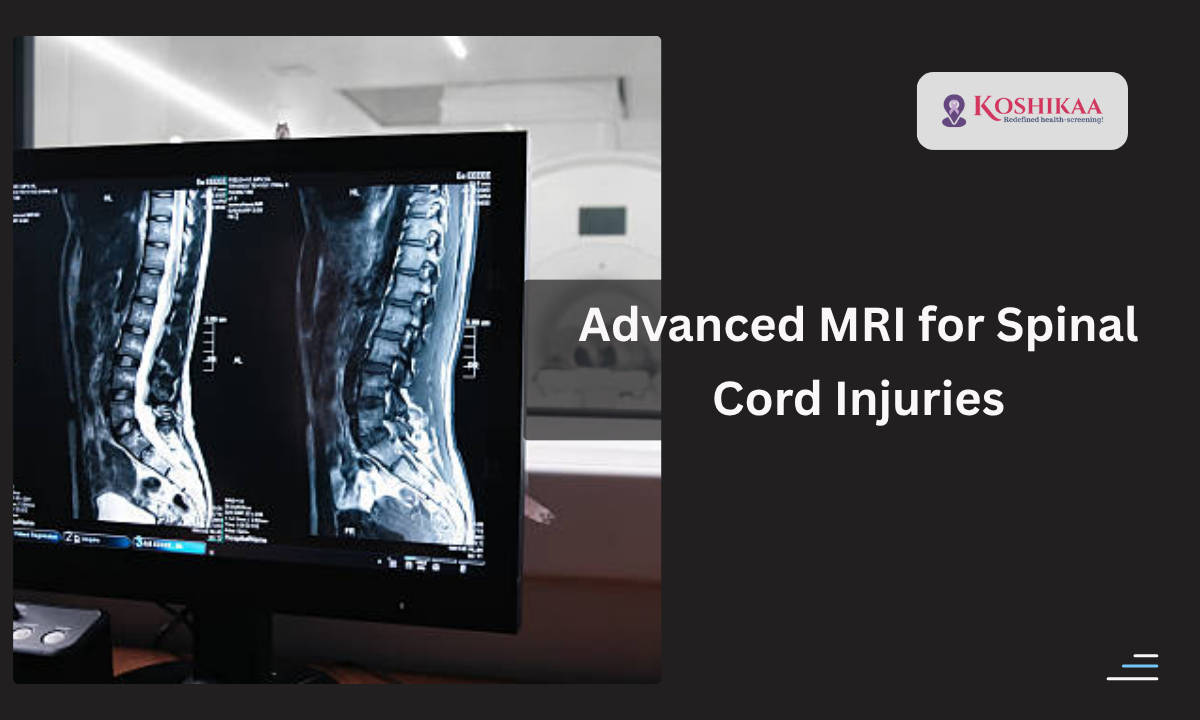
Advanced MRI for Spinal Cord Injuries Complications
Spinal Cord Injuries Complications are often complex and require precise imaging for accurate diagnosis. With advanced MRI techniques, we can detect structural changes, assess the

Spinal Cord Injuries Complications are often complex and require precise imaging for accurate diagnosis. With advanced MRI techniques, we can detect structural changes, assess the

A CT scan of the abdomen is one of the most advanced and reliable imaging procedures for diagnosing internal organ issues. It allows doctors to
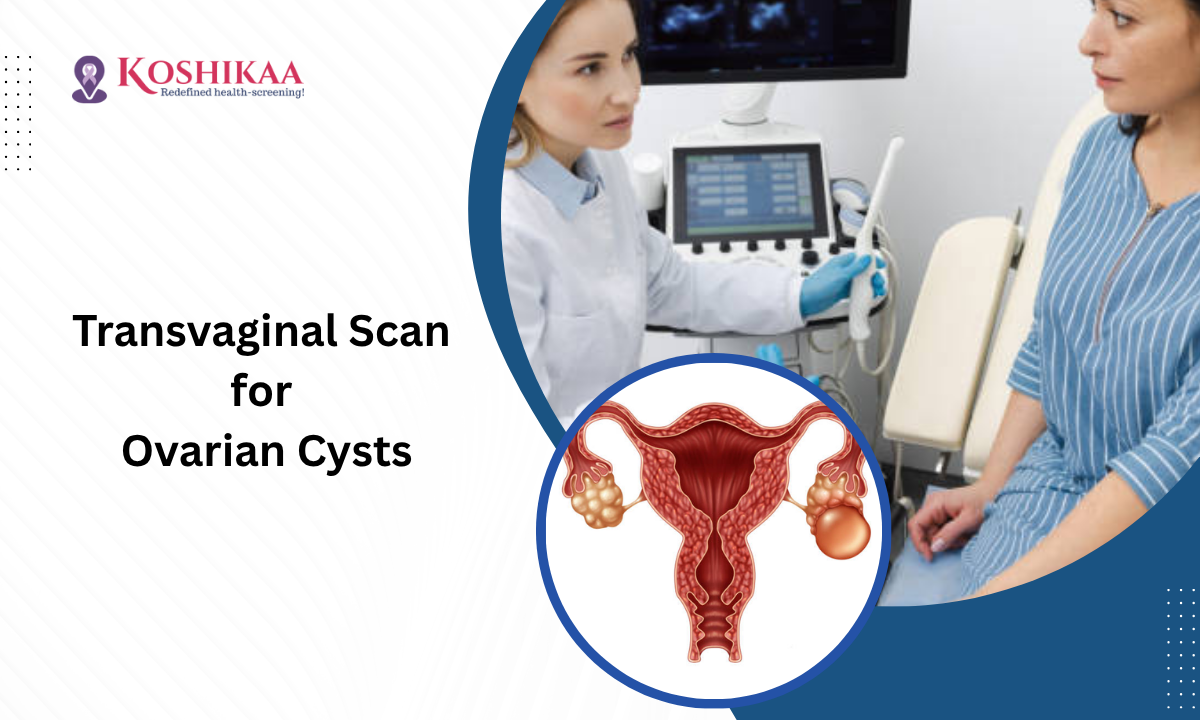
Transvaginal Ultrasound is one of the most effective tools for early detection of ovarian cysts. This non-invasive imaging technique helps doctors evaluate the ovaries, detect

When it comes to thyroid health, early detection and accurate diagnosis can make all the difference. The thyroid, a small butterfly-shaped gland in your neck,
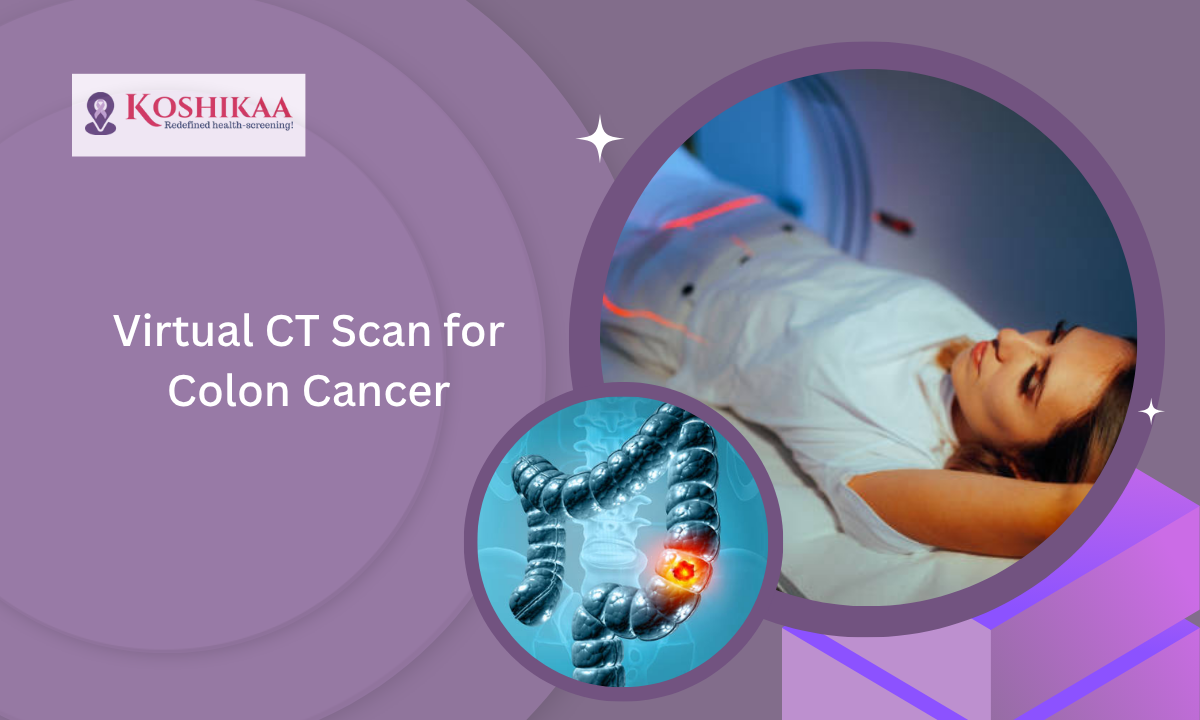
A Colonoscopy CT Scan, also known as Virtual Colonoscopy, is a modern, non-invasive imaging technique that helps doctors detect colon cancer and other bowel-related issues
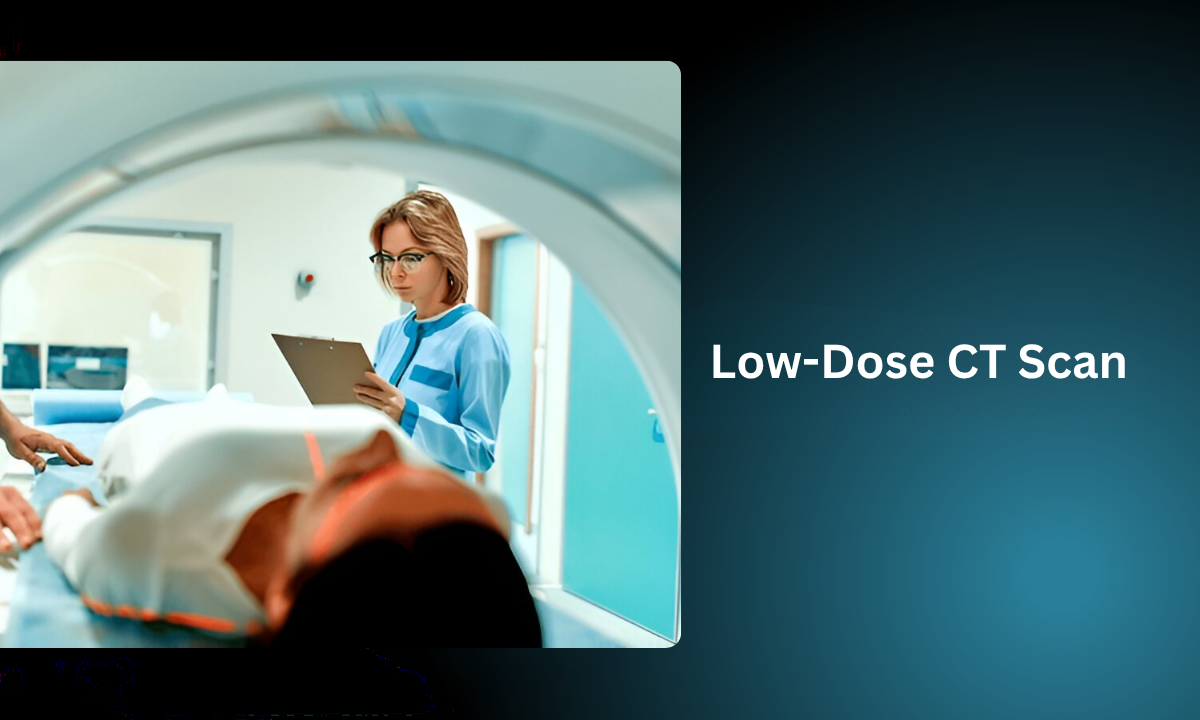
When it comes to protecting your lungs, low-dose CT scan technology is one of the safest and most advanced tools we have today. This scan
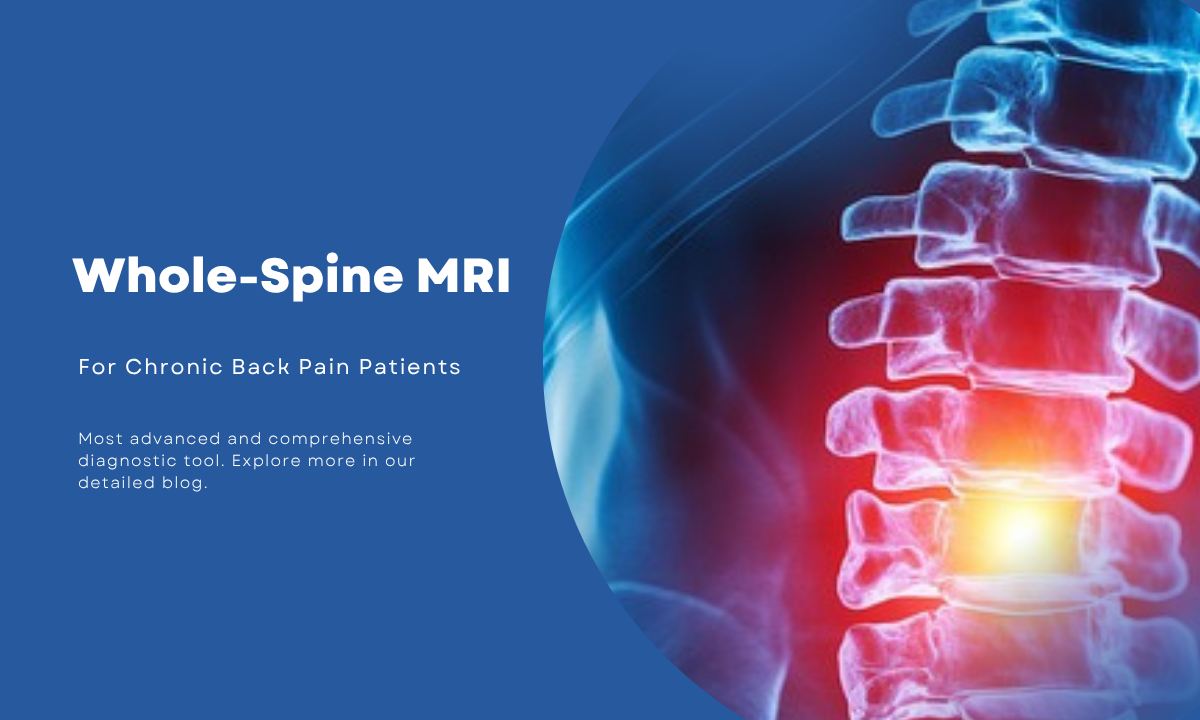
Whole spine MRI is one of the most advanced and comprehensive diagnostic tools we use to evaluate chronic back pain. Unlike standard X-rays or targeted
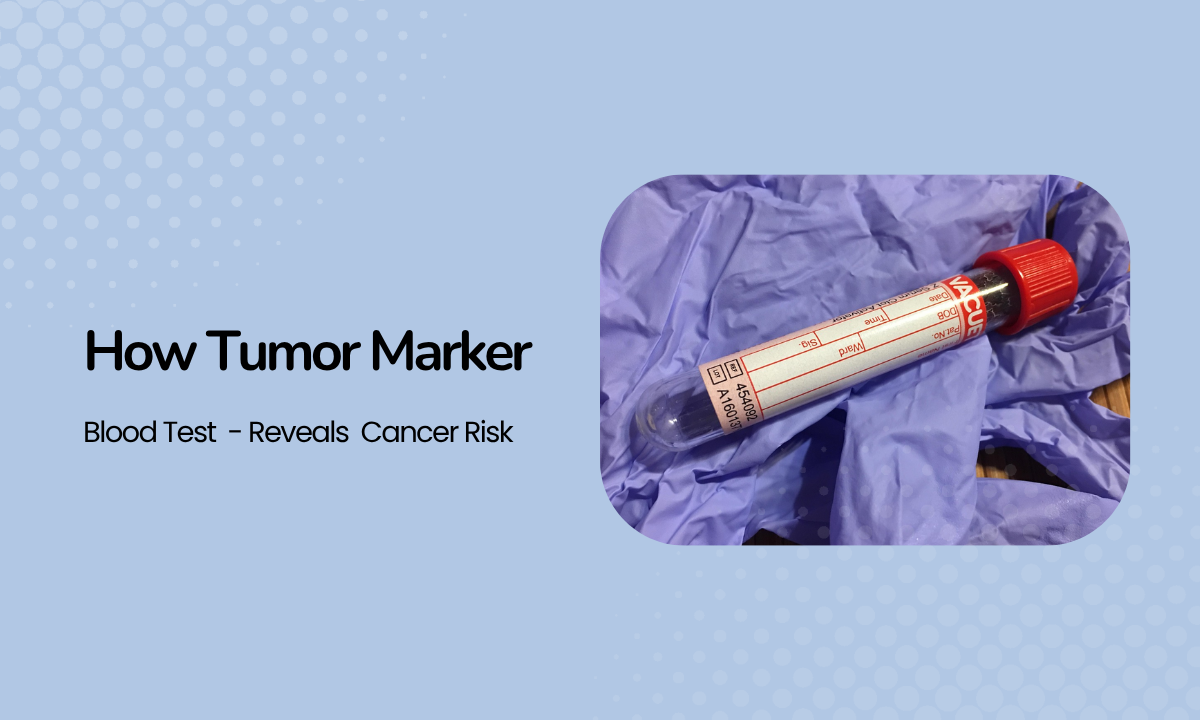
Tumor Marker Blood Tests are one of the most important tools in detecting cancer early and monitoring treatment progress. These specialized tests measure specific proteins

Radiation from scans is a subject that naturally raises many questions. With medical imaging becoming a routine part of healthcare today, more people wonder whether

Health screening is one of the smartest steps you can take to protect your well-being. It helps detect hidden health issues before they turn serious.
Bone X-rays are essential for diagnosing fractures and assessing bone alignment, aiding doctors in developing treatment plans and monitoring healing progress. They provide detailed images of the skeletal system, helping identify abnormalities or injuries that may not be visible through other imaging techniques